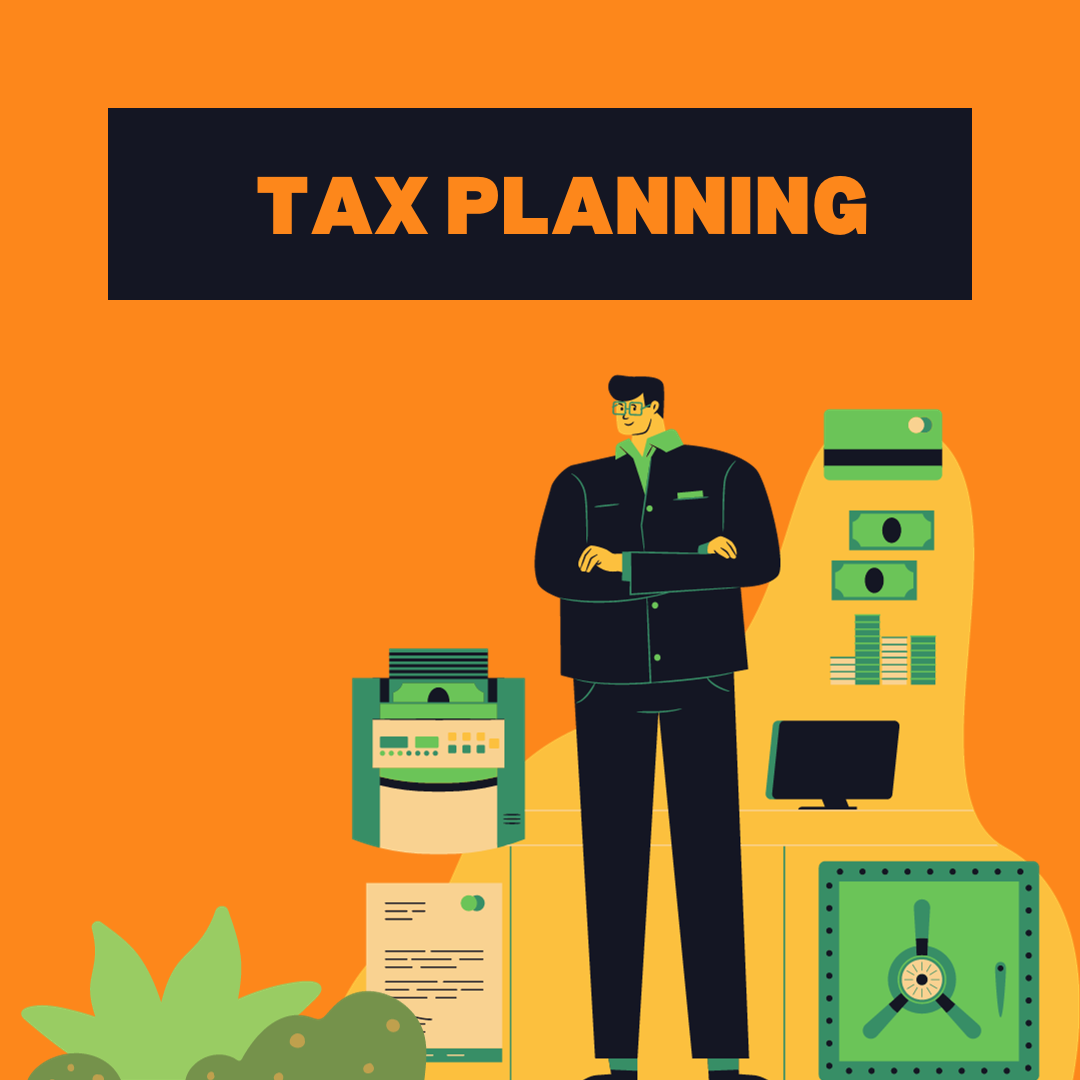Blog
Tax Planning For Independent Fitness Instructors And Trainers

One of the difficulties of working as a freelance fitness teacher or trainer is figuring out the tax code. However, this can be a very satisfying and profitable line of work. You have the responsibility of handling your own taxes as a self-employed person, which may be difficult and time-consuming. Nonetheless, you may reduce your tax obligation and increase your income if you use the appropriate techniques and resources.
As a self-employed fitness teacher or trainer, one of the first things you should do is find out how much 1099 employee taxes you might owe on your income. Employers utilize 1099 forms to record non-salary revenue to the IRS; if you work for yourself, you will obtain a 1099 form for your teaching or fitness training. You may use a 1099 income calculator to determine your tax due; it computes your net profit and the amount of taxes owed based on your income and costs.
A self-employment quarterly tax calculator is an additional handy tool for independent fitness instructors and trainers. Self-employed people do not have tax withheld from their paychecks, in contrast to regular workers. Rather, you must submit quarterly anticipated tax payments to the IRS. Your expected current year income is used to compute your quarterly taxes; if you underpay throughout the year, you may incur fines and interest. You may estimate your quarterly tax payments and remain on top of your tax responsibilities by utilizing a self-employment tax calculator.
It’s time to go into some tax techniques for maximizing your profits and lowering your tax bill now that you have a basic awareness of some of the instruments at your disposal.
- Maintain a record of all your expenditures.
You may deduct specific business expenditures from your taxable income as a self-employed fitness teacher or trainer. It’s crucial to maintain a record of all your annual costs, including items like gym membership fees, equipment purchases, and travel expenses, in order to benefit from these deductions. You may reduce your overall tax obligation and retain more money in your pocket by deducting these costs from your taxable income.
- Think about opening a retirement account.
Creating a retirement account, such as a solo 401(k) or SEP IRA, is another method to lower your taxable income and save for the future. Your current year’s taxable income may be reduced by the tax deduction for contributions made to these kinds of accounts. Furthermore, any profits accumulated in the account are tax-free until they are taken out during your retirement.
- Benefit from the deduction for home offices.
You can be qualified for a home office deduction if you provide instruction or fitness training out of your residence. Depending on the proportion of your house that is used for business, you can deduct a portion of your housing costs, including utilities, insurance, rent or mortgage interest, and other costs. But keep in mind that filing for a home office deduction can be challenging, and to prevent any problems with the IRS, make sure you abide by the regulations.
- Make the most of your deductions for health insurance premiums
You probably have to pay for your own health insurance as a self-employed person. Luckily, you may write off a percentage of your health insurance costs against your income tax. In order to be eligible for this deduction, the insurance must be in your name or the name of your business, and you cannot be eligible for coverage under your spouse’s employer-sponsored plan or under any employer-sponsored plan.
- Make a budget for your anticipated tax obligations.
Lastly, budgeting for your anticipated tax payments is one of the most important tax tactics for independent contractors that teach and coach fitness. This entails keeping track of your earnings and out-of-pocket costs all year long and ensuring that you pay adequate taxes to prevent fines and interest. You may be sure that you are consistently paying the correct amount of tax by tracking your income and spending and utilizing a self-employment quarterly tax calculator.
In conclusion, working as a self-employed fitness teacher or trainer may be a fulfilling and successful job, but it also has its share of difficulties, one of which is figuring out the tax system. You may increase your revenues and reduce your tax burden by utilizing the appropriate tools and tactics. Make sure to optimize your deductions for health insurance premiums, prepare for your anticipated tax payments, keep track of your spending, think about opening a retirement account, and take advantage of the home office deduction. You can take charge of your tax status and succeed financially as a self-employed fitness teacher or trainer with a little bit of preparation and work.














